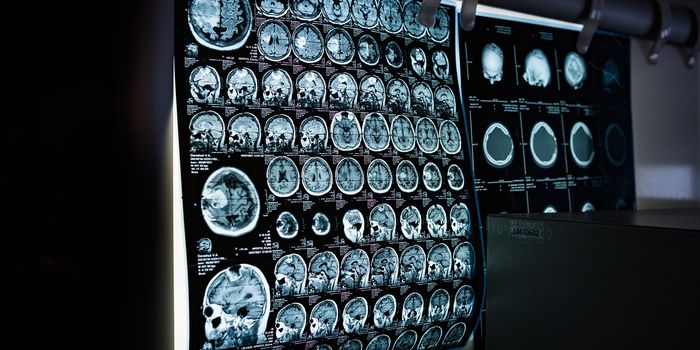The Tissue-Specific Needs of Macrophages May Make Them Therapeutic Targets
Macrophages are a type of immune cell that works on the front lines; they can identify pathogens and threats, engulf those targets, and destroy them. Macrophages are also involved in wound healing, the regular maintenance of tissue, and keeping inflammation at a healthy level. While inflammation is a necessary part of some immune responses, chronic inflammation has been linked to many types of disorders including cardiovascular disease, obesity, and type 2 diabetes. Scientists have now shown that the metabolic needs of macrophages depend on the tissue they are found in, and this could relate to the development or prevention of some diseases. The findings have been reported in Immunity.
Macrophages can be found in a variety of tissue types, where they eliminate dead cells, harmful substances, or waste products, such as viruses, minerals, or leftover or dysfunctional molecules. This study has provided insight into the regular functions of macrophages, and has revealed "a vulnerability of macrophages that contributes to chronic inflammatory diseases and that could be exploited therapeutically for the treatment of conditions associated with obesity and metabolic syndrome, such as cardiovascular disease," said study leader Dr. David Sancho of the Centro Nacional de Investigaciones Cardiovasculares (CNIC).
In some tissues, like the lungs or spleen, cells are surrounded by cholesterol and fats. There, the metabolism of macrophages adapts to break those fats down with mitochondrial respiration, explained first study author Dr. Stefanie Wculek.
Macrophages in the lungs and spleen do not survive when they are genetically altered to lack mitochondrial respiration; if the mitochondria in lung and spleen macrophages are lost, the cells die. But there are macrophages in other tissues that do not need mitochondrial respiration, and they can survive such a change.
For example, if there is a loss of mitochondrial respiration in the macrophages that reside in body fat, these adipose macrophages are largely unaffected, because the metabolism of body fat macrophages does not depend solely on mitochondrial respiration.
"This is because the fat cells, called adipocytes, are fully functional, leaving the macrophages in a resting state," noted Sancho. "However, in obese individuals, the excess fat surpasses the capacity of the adipocytes, and the resident macrophages become activated, converting into inflammatory cells that promote the development of insulin resistance, type 2 diabetes, and fatty liver."
These activated macrophages are also susceptible to mitochondrial disruptions, because they have become dependent on mitochondrial respiration, added Sancho. If mitochondrial respiration is then inhibited, the inflammatory macrophages are lost, which can prevent obesity, type 2 diabetes, and fatty liver from progressing in a mouse model.
Although these findings have not yet been confirmed in humans, the researchers are hopeful that they could open up new treatment options for conditions related to metabolic disorder and cardiovascular disease.
Sources: Centro Nacional de Investigaciones Cardiovasculares Carlos III (F.S.P.), Immunity










